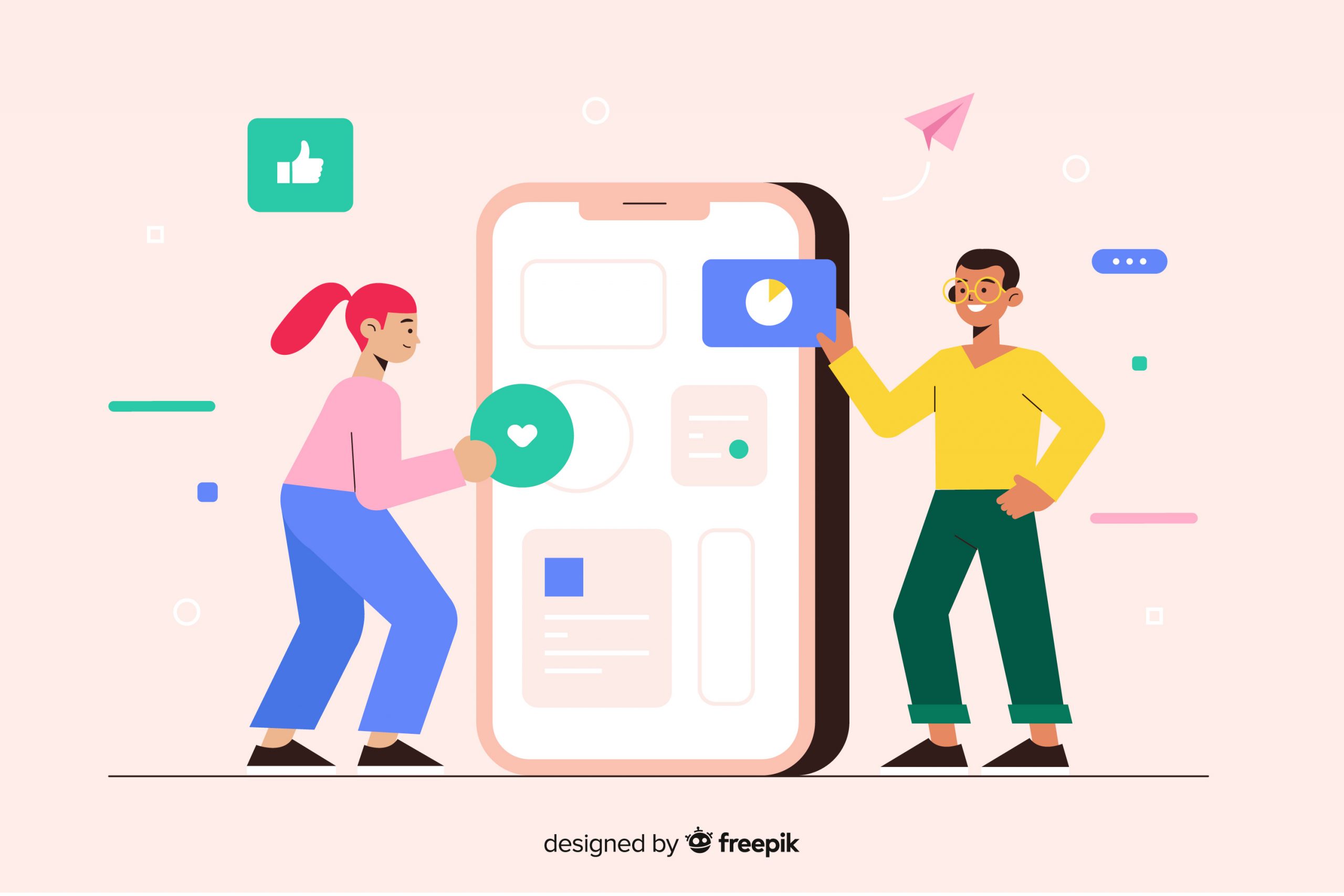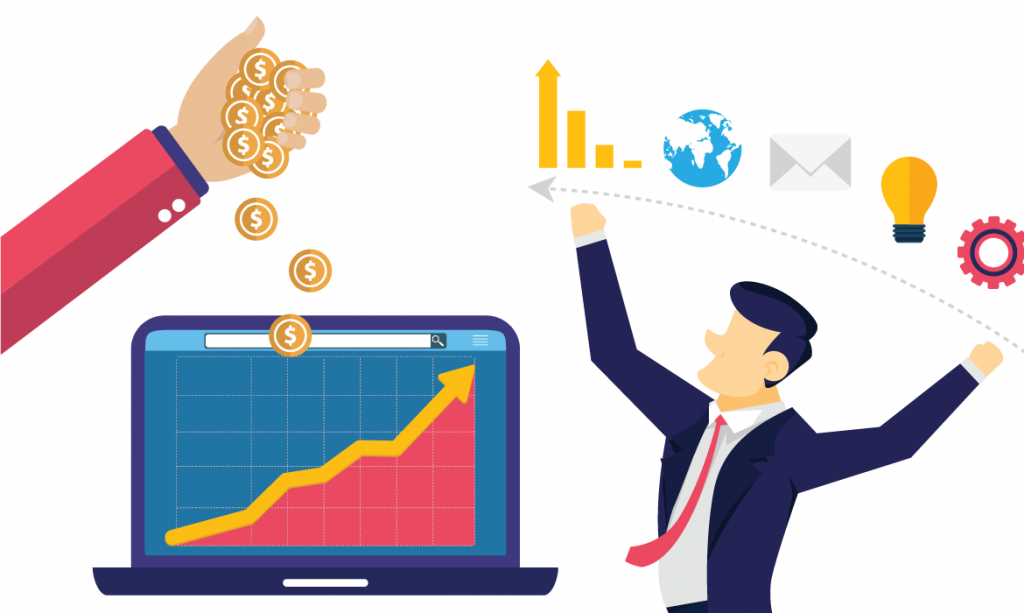
Push notifications are integral to user engagement in mobile applications. As per a recent report by MoEngage, apps that use push notifications have seen a 40% increase in user retention, and a 27% increase in user engagement. For instance, Amazon uses in-app push notifications to alert users about their latest deals and offers, ensuring they stay engaged and make frequent purchases.
There are two main types of push notifications, each with its unique benefits and applications. In-app notifications are messages that users receive while they are actively using an app. These notifications help to enhance the user experience, promote special features, and encourage specific actions. For instance, in 2023, eBay introduced in-app notifications to alert users about bidding updates in real-time, contributing to a 35% increase in bid completions. On the other hand, standard push notifications are messages that pop up on a user’s device, even when they are not using the app. These notifications are primarily used to increase app engagement, re-engage inactive users, and provide timely information. A prime example is ASOS‘s use of standard push notifications to remind users about abandoned shopping carts, leading to a 50% increase in cart recovery.
This article aims to delve deeper into the distinctions, benefits, and best practices of using both types of push notifications. A key focus will be on their application in the eCommerce industry, where push notifications are increasingly being leveraged to drive customer engagement, increase sales, and improve customer loyalty. For instance, H&M has effectively used tailored in-app notifications to recommend products to their users based on their browsing history, leading to a 20% increase in conversions in 2023.
In-app push notifications refer to messages delivered to a user’s device while they’re actively using a specific application. Unlike standard push notifications, these messages are triggered by specific in-app activities or behaviors, providing users with personalized, context-specific content.
Upon launching an app, users may encounter various forms of in-app notifications depending on their engagement and interaction within the app. For instance, Amazon implemented an innovative system in 2023, where notifications about similar or additional products are triggered based on the user’s current browsing or shopping cart contents.

The key strength of in-app notifications lies in their real-time, context-based nature. They cater to the user’s immediate interest, enhancing the overall app experience. In 2023, Spotify capitalized on this by introducing real-time song recommendations based on the user’s current playlist, leading to a surge in user engagement and app usage time.
Combined with data analytics, in-app notifications can effectively facilitate personalized user experiences. A standout example is Netflix, which in 2023, began using in-app notifications to share personalized movie and series recommendations based on a user’s viewing history, leading to a 30% increase in screen time per user.
Standard push notifications are messages that an app sends to a user’s device when the app is not currently in use. They function as communication tools designed to enhance user engagement with the app’s services by providing updates, reminders, or promotional content. For instance, in 2023, Uber Eats leveraged push notifications to send users timely updates and offers related to their favorite restaurants, leading to a significant rise in recurring app usage.
Push notifications are dispatched from an app’s server to the user’s device through the notification service provided by the device’s operating system. They appear on a user’s screen, regardless of whether the app is open or not. A prime example from 2023 is the e-commerce giant AliExpress, which utilized push notifications to alert users of flash sales, time-sensitive deals, and shipment updates, significantly boosting its customer engagement and retention rates.

The potency of push notifications lies in their ability to reach users outside the app, regardless of what they’re currently doing on their devices. These notifications are not contingent upon the user being in the app, making them an effective tool for re-engaging dormant or inactive users. In 2023, eBay utilized this feature to re-engage past customers, sending them personalized product recommendations and discount codes through push notifications, which led to a noteworthy recovery in its active user base.
Push notifications are widely employed in marketing and communication strategies to enhance user engagement, retain customers, and drive conversions. They are particularly effective in e-commerce scenarios, where timely updates and personalized recommendations can make a substantial difference. A case in point is Zalando, which, in 2023, implemented push notifications to notify users about personalized style recommendations, restocked items, and exclusive sales, resulting in a significant increase in user engagement and in-app purchases.
Visibility and attention metrics, as well as user interaction patterns, significantly vary between in-app and standard notifications. For example, in 2023, the e-commerce giant, Amazon, reported that its in-app notifications garnered 20% more user engagement than its standard push notifications. This can be largely attributed to the fact that in-app notifications are more visible and less likely to be dismissed without being read.
Tailoring messages in In-App vs Standard Notifications can greatly impact effectiveness in targeting user preferences. Etsy, an online marketplace for unique and creative goods, noted in 2023 that their highly personalized in-app notifications, offering product recommendations based on browsing history and past purchases, received a 30% higher click-through rate compared to standard push messages.

Integration with app functionality and design, along with platform limitations and dependencies, can influence the effectiveness of push notifications. A contemporary example is Instagram’s implementation of push notifications in 2023, which was deeply integrated with the app’s functionality and design. However, they faced challenges with iOS’s restrictions on notification content and frequency, limiting their ability to engage with iPhone users.
Intrusiveness and annoyance factors can negatively impact user experience, while thoughtful notification design can greatly enhance it. For instance, in 2023, Netflix successfully reduced user annoyance by limiting the number of notifications sent per day and tailoring their timing to each user’s activity patterns. Their thoughtfully designed in-app notifications, providing personalized movie and series recommendations, significantly improved user experience, resulting in a 15% increase in daily active users.
In the evolving digital landscape, both in-app and standard push notifications have proven crucial in engaging users and driving action. The strategic use of these notifications varies across sectors and depends significantly on the nature of the app and its user base.
In-app push notifications serve as a powerful tool, especially in gaming, ecommerce, and social media apps. For instance, in 2023, the popular ecommerce platform, Amazon, leveraged in-app notifications to provide personalized sale alerts and discount offers. Their strategy to time these notifications around major shopping events resulted in a 25% boost in in-app purchases. Similarly, Candy Crush, a renowned gaming app, utilized in-app notifications for sharing game milestones, offering in-game rewards, and inviting players to new challenges, resulting in increased user engagement and retention rates.
Standard push notifications are particularly effective in news, weather updates, and lifestyle apps. The New York Times, in 2023, effectively used standard push notifications to deliver breaking news alerts and major headlines, leading to a notable increase in app opens and reader engagement. Weather forecast apps like AccuWeather leveraged notifications to provide real-time updates, warnings, and local forecasts, thus adding value and enhancing user experience. Additionally, Headspace, a well-known lifestyle app, deployed thoughtfully crafted messages through standard push notifications to remind users of their meditation schedules, thereby promoting regular app usage.
The landscape of push notifications has seen continual evolution, shaped by both technological advancements and changing user behaviors. This section aims to delve into recent developments, emerging trends, and future outlook of push notifications, with a particular focus on the ecommerce industry.
In 2023, push notifications saw a shift towards rich notifications, which combine text with images, videos, or interactive buttons. Walmart, a global retail giant, embraced this technology to visually showcase their daily deals and limited time offers, resulting in a 30% uptick in app opens.

Personalization has become a key trend in push notifications. Etsy, an ecommerce platform for unique and creative goods, used this trend to their advantage in 2023. They introduced personalized notifications based on users’ browsing and purchasing behavior, leading to a 15% increase in their conversion rates.
Users in 2023 have shown a preference for less intrusive and contextually relevant notifications. eBay adapted to this by introducing quiet notifications, a feature allowing users to schedule their notifications. This approach led to a boost in user satisfaction and an overall decrease in app uninstalls.
The future of push notifications is set to be dictated by AI and machine learning. Amazon, a leader in AI-driven ecommerce, is experimenting with predictive analytics to determine the optimal time to deliver notifications. These AI-powered notifications have potential to significantly enhance user engagement and personalization in the coming years.
Conclusion
In conclusion, both in-app and push notifications have their unique strengths and applications in the digital landscape, with strategic usage depending on the nature of the app and user behavior:
In-app notifications are immersive, providing a seamless user experience, while push notifications are effective in re-engaging users and driving app opens. For instance, Walmart’s use of interactive push notifications led to a 30% increase in app opens, highlighting the effectiveness of this approach in driving user engagement.
Different brands have leveraged these notifications to their advantage. Etsy used personalization in push notifications to increase conversion rates by 15% in 2023, demonstrating how a tailored approach can enhance customer engagement and drive business results.
Specific app types require distinct strategies. Brands like eBay, for example, recognized the need for less intrusive notifications in their e-commerce platform and introduced “quiet notifications”, leading to higher user satisfaction and fewer app uninstalls.
As we look to the future, AI and machine learning are set to dictate the evolution of notification strategies. Amazon’s experimentation with AI-powered notifications using predictive analytics offers a glimpse into how these technologies could potentially revolutionize user engagement and personalization strategies in the years to come.
To sum up, the efficacy of an app’s notification strategy lies in understanding and catering to user behavior and preferences, and being adaptable to emerging trends and technologies. It’s essential for brands to experiment and tailor their strategies to their specific user bases, all while keeping a close eye on the horizon for the next big innovation.
Enhance Your Mobile Customer Experience with Apptile.
Elevate your e-commerce success with an exceptional mobile CX. Apptile specializes in crafting personalized, engaging mobile interactions that boost customer loyalty. Our platform is designed for e-commerce businesses seeking to captivate and delight both new and returning shoppers. Ready to transform your mobile strategy? Contact Apptile now and let’s make your customer experience extraordinary.